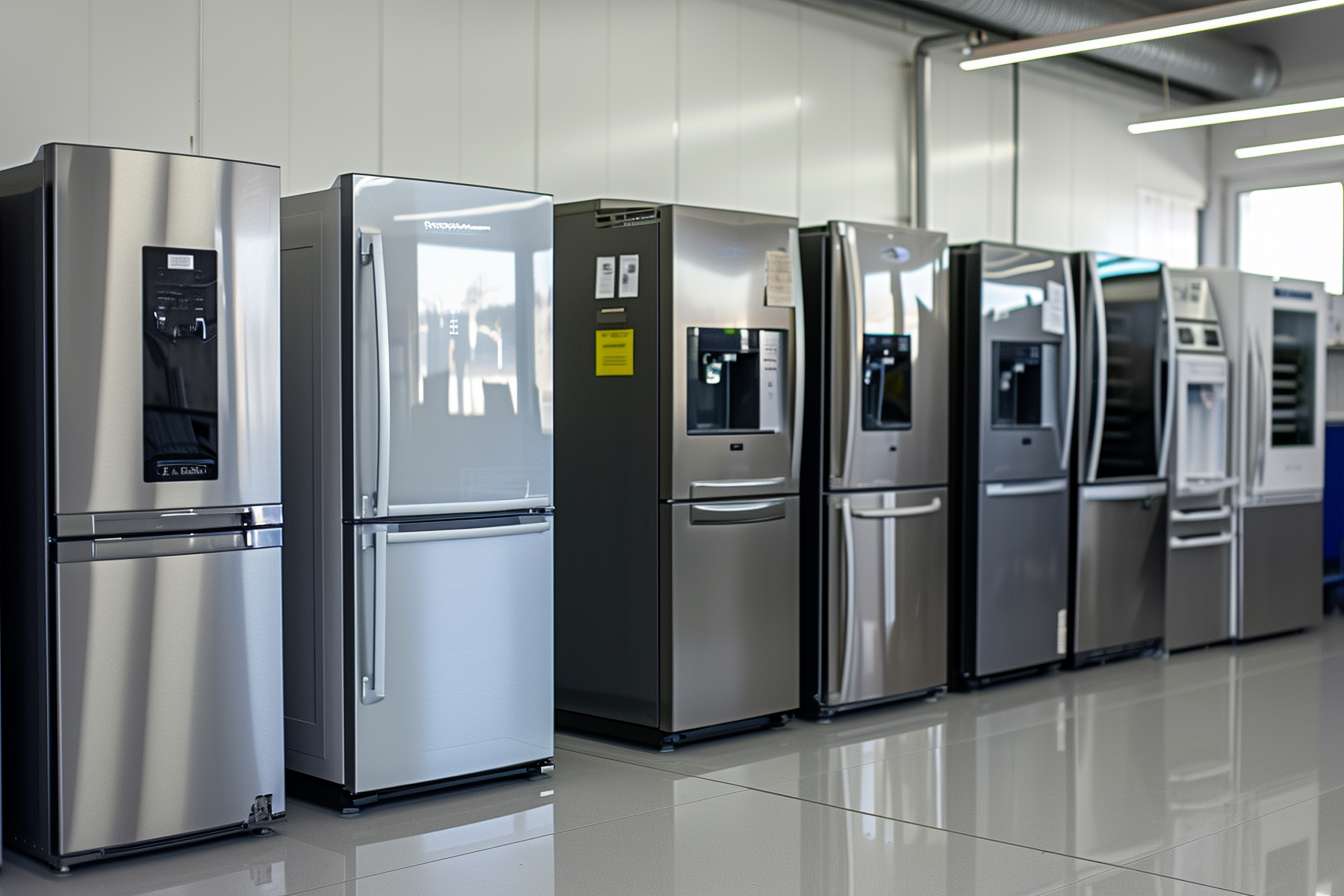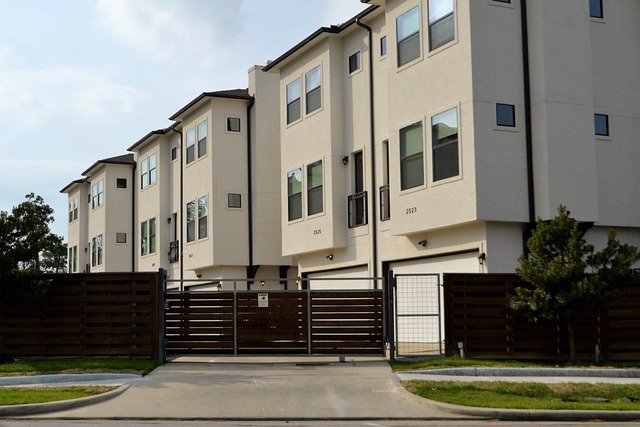How Refrigerator Features & Size Affect Pricing
Purchasing a refrigerator involves more than picking the first model that catches your eye. Understanding how various features, dimensions, and technologies influence the final price tag can help you make an informed decision that balances functionality with budget. From energy efficiency ratings to smart connectivity, each element plays a role in determining what you'll pay at checkout and over the appliance's lifetime.

When shopping for a refrigerator, you’ll quickly discover that prices can range dramatically—from a few hundred dollars to several thousand. This variation isn’t arbitrary. Multiple factors contribute to the cost, and understanding these elements helps you identify which features truly matter for your household and which ones you can skip to stay within budget.
How Refrigerator Features & Size Affect Pricing
The size and configuration of a refrigerator significantly impact its price. A compact unit suitable for a small apartment typically costs between $400 and $800, while a standard top-freezer model for an average household ranges from $600 to $1,200. French-door models with bottom freezers, which offer premium aesthetics and convenience, generally start around $1,500 and can exceed $4,000 for high-end versions.
Beyond basic dimensions, features like through-the-door ice and water dispensers, adjustable shelving systems, humidity-controlled crisper drawers, and dual cooling systems add to manufacturing complexity and retail cost. Smart refrigerators equipped with touchscreens, internal cameras, and Wi-Fi connectivity command premium prices, often adding $500 to $1,500 to the base cost. Energy-efficient models with superior insulation and inverter compressors may cost more upfront but reduce electricity bills over time, potentially saving $100 to $200 annually depending on usage patterns.
Avoid These Common Refrigerator Buying Mistakes
Many buyers focus solely on upfront cost without considering long-term expenses. Choosing a model with poor energy efficiency can result in significantly higher utility bills over the appliance’s 10 to 15-year lifespan. Another common error is neglecting to measure the available space accurately, leading to delivery complications or a refrigerator that doesn’t fit through doorways.
Overlooking warranty coverage and service availability represents another pitfall. Some manufacturers offer limited warranties that exclude common issues like compressor failure after the first year, leaving owners with expensive repair bills. Additionally, purchasing a refrigerator with more capacity than needed wastes energy and money, while choosing one too small leads to overcrowding and reduced efficiency. Finally, ignoring user reviews and reliability ratings can result in selecting a model prone to mechanical problems or poor temperature consistency.
Key Features for Long-Term Refrigerator Reliability
Reliability depends heavily on build quality and component selection. Compressors, the heart of any refrigerator, vary in durability. Linear and inverter compressors tend to outlast traditional reciprocating models and operate more quietly. Stainless steel interiors resist corrosion better than plastic, while sealed systems prevent odor transfer between compartments.
Temperature consistency matters significantly for food preservation. Models with multiple sensors and digital controls maintain more stable conditions than basic mechanical thermostats. Adjustable door bins, spill-proof glass shelves, and robust drawer slides contribute to everyday usability and longevity. Additionally, refrigerators with easily accessible and replaceable water filters, standard-sized light bulbs, and modular components simplify maintenance and reduce long-term ownership costs.
Essential Checks Before Your Refrigerator Purchase
Before committing to a purchase, verify the exact dimensions of both the refrigerator and the installation space, including doorway widths and ceiling heights along the delivery path. Check the energy rating label to understand annual operating costs. In Canada, look for ENERGY STAR certification, which indicates the model meets strict efficiency guidelines.
Investigate the manufacturer’s warranty terms carefully, noting what components are covered and for how long. Research the brand’s reputation for customer service and parts availability in your region. If possible, visit a showroom to physically inspect the model, test door mechanisms, examine shelf adjustability, and assess interior lighting. Finally, read recent customer reviews focusing on long-term performance rather than initial impressions, as many issues emerge only after months of use.
Comparing Popular Refrigerator Models & Their Costs
To illustrate how features translate into pricing, consider these real-world examples from the Canadian market. The following table presents a snapshot of different refrigerator categories and their typical cost ranges, helping you understand what to expect at various price points.
| Model Type | Typical Capacity | Key Features | Cost Estimation (CAD) |
|---|---|---|---|
| Top-Freezer | 18-21 cu. ft. | Basic shelving, manual defrost or frost-free | $600 - $1,200 |
| Bottom-Freezer | 20-22 cu. ft. | Pull-out freezer drawer, adjustable shelves | $1,000 - $1,800 |
| Side-by-Side | 22-26 cu. ft. | Ice/water dispenser, dual cooling | $1,200 - $2,500 |
| French-Door | 25-28 cu. ft. | Wide shelves, humidity drawers, LED lighting | $1,800 - $3,500 |
| Smart French-Door | 26-30 cu. ft. | Touchscreen, Wi-Fi, internal cameras, flex zones | $3,000 - $5,500 |
Prices, rates, or cost estimates mentioned in this article are based on the latest available information but may change over time. Independent research is advised before making financial decisions.
These figures represent typical retail prices across major Canadian appliance retailers. Seasonal sales, particularly during holiday weekends and appliance clearance events, can reduce costs by 15 to 30 percent. Outlet stores and scratch-and-dent sections offer additional savings on cosmetically imperfect but fully functional units.
Understanding Total Ownership Costs
Beyond the purchase price, consider installation fees, which typically range from $50 to $150 for basic delivery and setup. If modifications like cabinet removal or electrical work are needed, costs increase accordingly. Extended warranties, while optional, cost between $100 and $400 depending on coverage length and terms.
Operating costs vary by model efficiency. An older or inefficient refrigerator might consume 800 to 1,200 kilowatt-hours annually, costing $100 to $150 per year at average Canadian electricity rates. ENERGY STAR models reduce consumption to 400 to 600 kilowatt-hours, cutting annual costs to $50 to $75. Over a 15-year lifespan, this efficiency difference amounts to savings of $750 to $1,125, often offsetting a higher initial purchase price.
Maintenance expenses remain relatively low for quality models. Replacing water filters costs $30 to $60 annually, while occasional repairs like thermostat replacement or door seal renewal range from $100 to $300. Major component failures, such as compressor replacement, can cost $400 to $800, making warranty coverage valuable for expensive models.
By understanding how features, size, and efficiency affect both upfront and ongoing costs, you can select a refrigerator that meets your needs without overspending. Prioritize reliability, appropriate capacity, and energy efficiency while avoiding unnecessary technological features that inflate prices without adding meaningful value to your daily life.




